Navigating A Breast Cancer Diagnosis: From Shock To Empowerment
When cells in the breast experience abnormal development and develop into a malignant tumour, breast cancer, a powerful and pervasive illness, develops. It significantly affects women’s health and well-being and is the most common cancer among women globally. Although it is much less prevalent, men can still develop breast cancer.
There are different ways in which this illness might present itself, and each has specific characteristics. The most prevalent types are invasive ductal carcinoma, invasive lobular carcinoma, and ductal carcinoma in Situ (DCIS). These terms define where and how much the cancer has developed in the breast tissue.
Even though the precise causes of breast cancer are not yet entirely understood, several risk factors exist. Women are at a substantially higher risk than men; hence, gender is a crucial influence. The risk of developing breast cancer increases as women age; thus, age also significantly influences. The risk is also influenced by hormonal variables, family history, and inherited genetic abnormalities (such as BRCA1 and BRCA2).
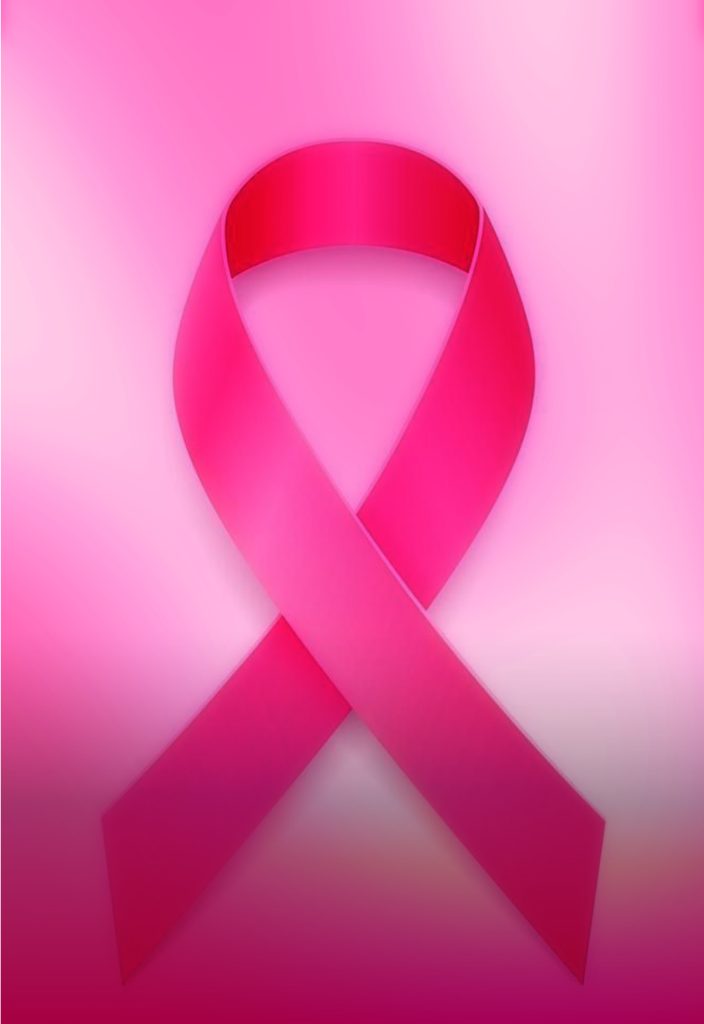
For successful treatment and better results, early detection is essential. Regular breast self-exams, clinical breast exams, and mammograms are crucial tools for detecting breast cancer in its earliest stages when it is most curable. Surgery, radiation therapy, chemotherapy, hormone therapy, targeted therapy, and immunotherapy are just a few of the treatment choices that have become available due to medical research advancements. These alternatives are all specifically designed for the different kinds and stages of breast cancer.
An in-depth analysis of the complex world of breast cancer is presented in this article, along with advice for anyone facing this difficult journey. We examine the essential phases of this journey, from comprehending various treatment options to the critical function of support networks and the empowerment attained via self-advocacy.
Breast cancer is merely a chapter in a person’s life story; it does not define them. While there are many obstacles to overcome, it is a battle that must be waged, a path that must be taken, and, in most cases, a path that leads from shock to empowerment. This article aims to educate readers on the reality of breast cancer while providing them with information and emotional support. Together, we set out on a path of understanding, optimism, and the liberation that knowledge and resiliency bring. We explore the types, causes, and symptoms of breast cancer while giving tips on how to walk through each step of dealing with a breast cancer diagnosis by providing the advice and knowledge needed.
BREAST CANCER TYPES
Breast cancer, a diverse and complex disease, manifests in several distinct forms, each with unique characteristics and implications for patients. Understanding the five primary types of breast cancer is essential for both patients and healthcare professionals.
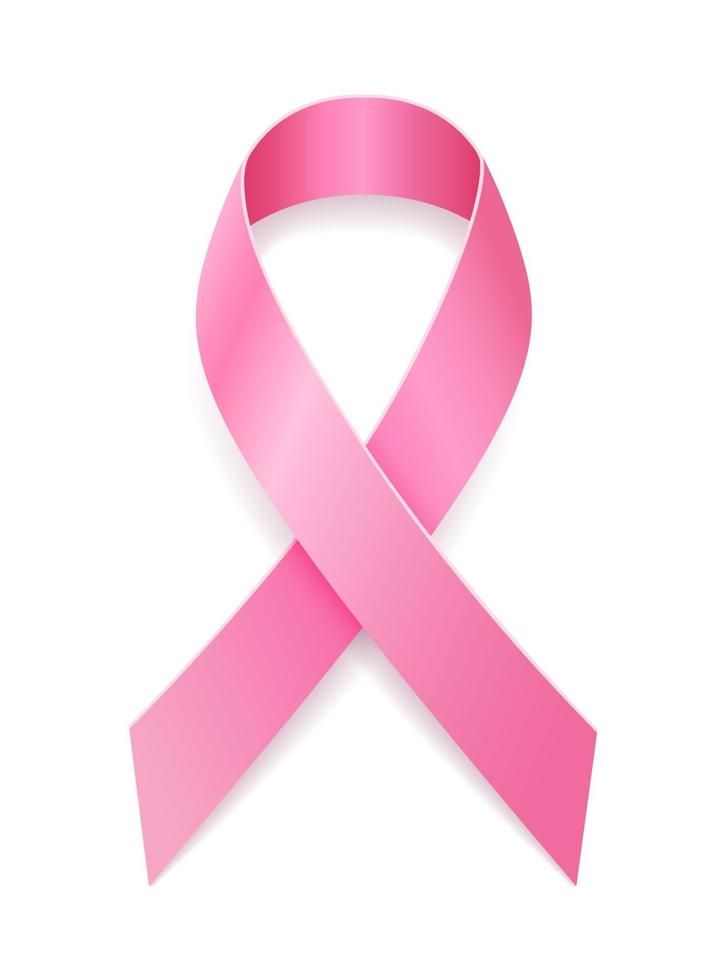
(1) DUCTAL CARCINOMA IN SITU (DCIS)
Ductal carcinoma in situ can be described as a non-invasive breast cancer. This type of cancer begins in the breast’s milk ducts, where abnormal cells are confined to the duct lining and have not invaded nearby tissues. DCIS can be detected through breast screenings or mammograms. Even though this type of cancer is non-invasive, it is crucial to treat it because there is a probability that it may progress into invasive cancer if left untreated. DCIS treatments may involve lumpectomy, mastectomy, or radiation therapy, depending on the condition of the cancer.
(2) INVASIVE DUCTAL CARCINOMA (IDC)
Invasive ductal carcinoma is one of the most common types of breast cancer, with over 80% of cases worldwide. This type of cancer starts in the milk ducts and afterwards breaks through the duct walls, spreading around the breast tissues. IDC can manifest in different ways, either as a breast lump, thickening, or distortion of the breast tissue. Early detection is vital for effective treatment, and the mode of treatment includes surgery, chemotherapy, radiation therapy, hormone therapy, and targeted therapy. Each treatment must be tailored to the specific characteristics of the cancer.
(3) INVASIVE LOBULAR CARCINOMA (ILC)
Invasive lobular carcinoma cancer is not as common as Invasive Ductal Carcinoma, originating in the milk-producing lobules. One of the things that makes ILC unique is that it does not often come as a distinct lump. Instead, it tends to spread in a diffuse or linear pattern within the breast, making it very difficult to detect via conventional mammography. For accurate diagnosis, specialised imaging techniques like MRI may be necessary. ILC treatment options are similar to IDC, and their treatment also depends on the stage and characteristics of the cancer.
(4) INFLAMMATORY BREAST CANCER (IBC)
Inflammatory breast cancer is a rare but aggressive type of cancer. Unlike other types of cancer, IBC doesn’t produce a lump. Instead, the breast appears red, swollen, and tender. IBC symptoms are due to the cancer cells blocking lymph vessels in the breast. By the time this kind of cancer is detected through diagnosis, they are often at an advanced stage, making early detection and specialised treatment critical. IBC treatment involves a combination of chemotherapy, radiation therapy, surgery, and targeted therapy.
(5) TRIPLE-NEGATIVE BREAST CANCER (TNBC)
Triple-negative breast cancer is a subtype characterized by the absence of three common receptors – estrogen receptors, progesterone receptors, and HER2/ neu gene amplification, making it less responsive to hormone-based therapies. TNBC is an aggressive type of cancer that may require more intensive treatments like chemotherapy. Research is still ongoing on how to develop targeted therapies for this subtype.

CAUSES OF BREAST CANCER
Breast cancer, a prevalent and potentially lifethreatening disease, is influenced by various factors. Understanding these causes is pivotal for both prevention and early detection. Here, we delve into the five leading causes of breast cancer.
(1) GENETIC MUTATIONS
Genetic factors play an essential role in breast cancer. Inherited gene mutations, including BRCA1 and BRCA2, increase the risk substantially. These genes perform the function of repairing DNA damage and maintaining cell stability. The risk of developing breast cancer rises when mutations occur.
(2) HORMONAL INFLUENCES
Hormones like estrogen and progesterone have a profound impact on breast cancer risk. The risk can be elevated through prolonged exposure to these hormones, such as early mensuration, late menopause, or hormone replacement therapy. Additionally, giving birth for the first time at an older age or never having children can be associated with higher estrogen exposure.
(3) FAMILY HISTORY
A family history of breast cancer can increase an individual’s risk of developing one. Even though genetic mutations are a component, lifestyle choices and shared environmental factors can also contribute. Close relatives with a history of breast cancer increase the risk of developing the disease, especially if diagnosed young.
(4) RADIATION EXPOSURE
One of the known risk factors for breast cancer is exposure to ionizing radiation, especially during adolescence. This radiation can come from medical treatments like chest X-rays, radiation therapy, or environmental sources like nuclear fallout. The risk of developing the disease is high when the exposure occurs at a young age.
(5) LIFESTYLE AND ENVIRONMENTAL FACTORS
Lifestyle choices and environmental influences can contribute to breast cancer risk. High-fat diet, excessive alcohol consumption, lack of physical activity, and obesity, among others, increase the risk of developing the disease. Environmental toxins and pollutants also play a role, even though the exact impact is still being researched.

SYMPTOMS OF BREAST CANCER
Breast cancer is a formidable adversary, but early detection can significantly improve outcomes. Recognising the signs and symptoms is crucial in catching this disease in its early stages. Here, we explore five crucial symptoms of breast cancer.
(1) BREAST LUMP
A breast lump, perhaps the most well-known symptom, is a common indicator of breast cancer. These lumps may and may not be painful, and they are always different in size. You must know that not all breast lumps are cancerous, but a healthcare professional should examine any new lumps or masses in the breast.
(2) CHANGES IN BREAST SHAPE OR SIZE
Your breast shape or size can change due to breast cancer. This may manifest as swelling, dumpling, or puckering of the skin. You should speak out and prompt medical attention if one breast suddenly appears noticeably different from the other or if there is a persistent change in the size or shape of your breast.
(3) SKIN CHANGES
Unusual skin changes, including redness, rash-like skin, or peeling in the breast area, can indicate breast cancer. In most cases, these changes might resemble the skin of an orange (referred to as *orange peel” skin) due to the dimpling and thickening of the skin. These skin changes frequently occur with an underlying lump.
(4) NIPPLE ABNORMALITIES
Changes in the nipples can serve as a warning sign. Abnormalities in the nipple can come in the form of inverted nipples (when they turn inward), nipple discharge other than breast milk, and scaly or inflamed nipples, which can all be symptoms of breast cancer. Any persistent, unexplained nipple changes require medical attention.
(5) PAIN OR DISCOMFORT
Even though breast cancer is not typically associated with pain, some people may experience breast or nipple discomfort. This pain or discomfort can vary from mild to severe. It is important to know that breast pain is not the only common early symptom of breast cancer, but when it occurs in conjunction with other changes, it should be examined.
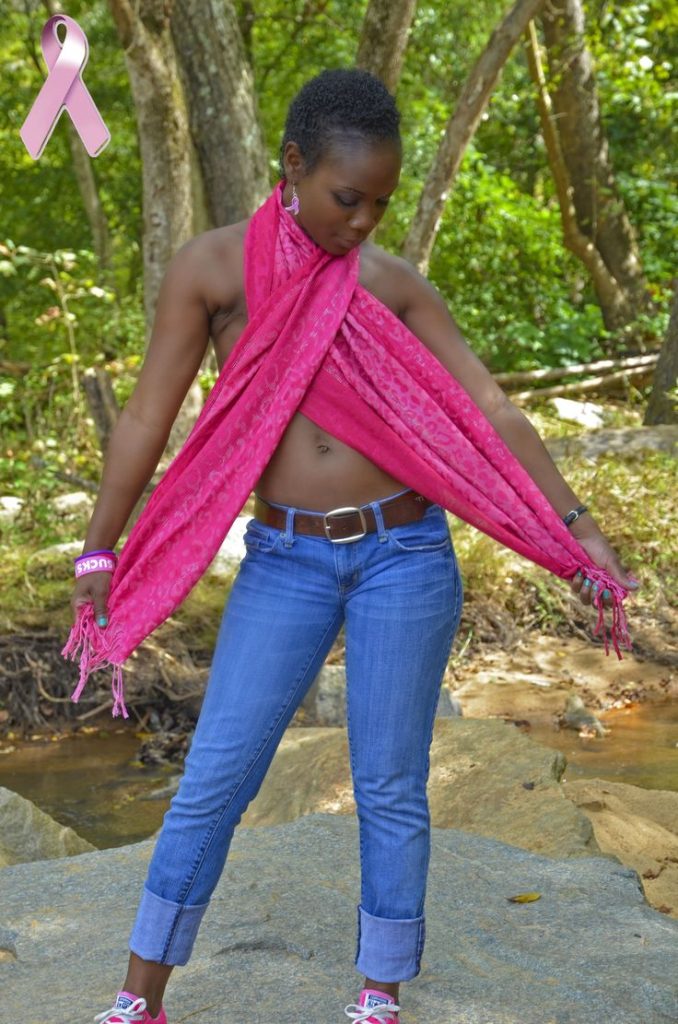
FROM SHOCK TO EMPOWERMENT
The emotional toll of receiving a breast cancer diagnosis can be tremendous; it can be a tornado of anxiety, doubt, and concerns. Many breast cancer survivors have demonstrated that this diagnosis is just the beginning of a journey that may not only be filled with hardships but also lead to personal development, empowerment, and the realisation of one’s inner fortitude. We’ll walk you through each step of dealing with a breast cancer diagnosis, providing advice, knowledge, and techniques to help you move from shock to empowerment. The stories of countless breast cancer survivors serve as inspiring proof that there is life beyond this diagnosis, and their experiences showcase the incredible resilience of the human spirit.
(1) THE SHOCK OF DIAGNOSIS
It’s unlikely that you will ever forget the moment you discovered you have breast cancer. Initially, feeling shocked and afraid is normal. Given your current emotional state, it could be challenging for you to comprehend the news and to think rationally. Calling on your medical team, loved ones, and friends for support at this stage is crucial.
(2) UNDERSTANDING YOUR DIAGNOSIS
After the initial shock wears off, it’s time to comprehend your diagnosis better. Understanding breast cancer’s type and stage, treatment options, and potential side effects are all part of this. Your primary resource for information will be your healthcare team. They can clarify your pathology findings and guide you in making decisions regarding your course of therapy.
(3) BUILDING A SUPPORT SYSTEM
Seeking assistance from family, friends, and professional organisations is the first step toward empowerment. Joining a support group can put you in touch with people who have gone through comparable experiences and offer invaluable emotional support and helpful guidance. Do not forget that you do not have to go through the journey alone.
(4) TREATMENT DECISIONS
Personalised care is provided for breast cancer patients. You and your medical team will decide on the best course of action based on your diagnosis and personal preferences. Aside from surgery, treatment options may include chemotherapy, radiation therapy, hormone therapy, targeted therapy, and immunotherapy. Engage in active decisionmaking about your treatment by asking questions and seeking second opinions.
(5) COPING WITH SIDE EFFECTS
Various adverse effects, including exhaustion, hair loss, nausea, and mental discomfort, could occur while you receive treatment. In addition to the support groups and integrative therapies readily available to help you cope with the difficulties, your medical team will work with you to manage these side effects.

(6) EMOTIONAL WELL-BEING
Your emotional well-being may suffer if you have breast cancer. It’s critical to talk about your feelings and, if necessary, seek professional assistance. Therapists, counsellors, or support groups can offer emotional assistance to help you work through the complex feelings that frequently come with a cancer diagnosis.
(7) LIFE BEYOND BREAST CANCER
Thinking about your life after breast cancer as you move forward with treatment and recovery is crucial. Many survivors discover that the experience promotes a new appreciation for life, frequently leading to suitable lifestyle adjustments. Setting new priorities and goals, adopting healthier routines, and cherishing the important moments are a few examples of empowerment.
(8) ADVOCACY AND EDUCATION
Survivors who feel empowered are more likely to promote breast cancer education, support, and research. You can engage in policy and research projects, join fundraising activities, or share your story. A potent method to give back and have a significant impact is to be an advocate.
(9) EMBRACING YOUR STRENGTH
You’ll uncover an inner strength by dealing with a breast cancer diagnosis you might not have known you had. Resilience, tenacity, and courage will become your steadfast allies. The last step in becoming empowered is to embrace this strength, which acknowledges that you overcame a huge obstacle to become stronger.
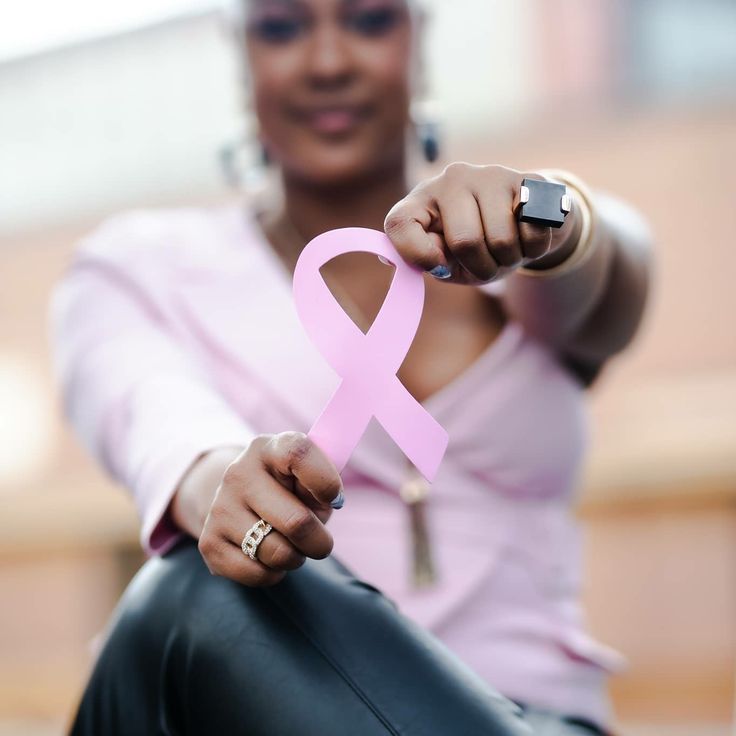
TRIUMPH OVER BREAST CANCER: INSPIRING SURVIVORS
Even though breast cancer is a formidable adversary, there are a lot of individuals who triumphed over this disease. Here, we celebrate the courageous journey of breast cancer survivors who demonstrate that there is life beyond diagnosis and that resilience knows no bounds.
(1) ENO ESSIEN
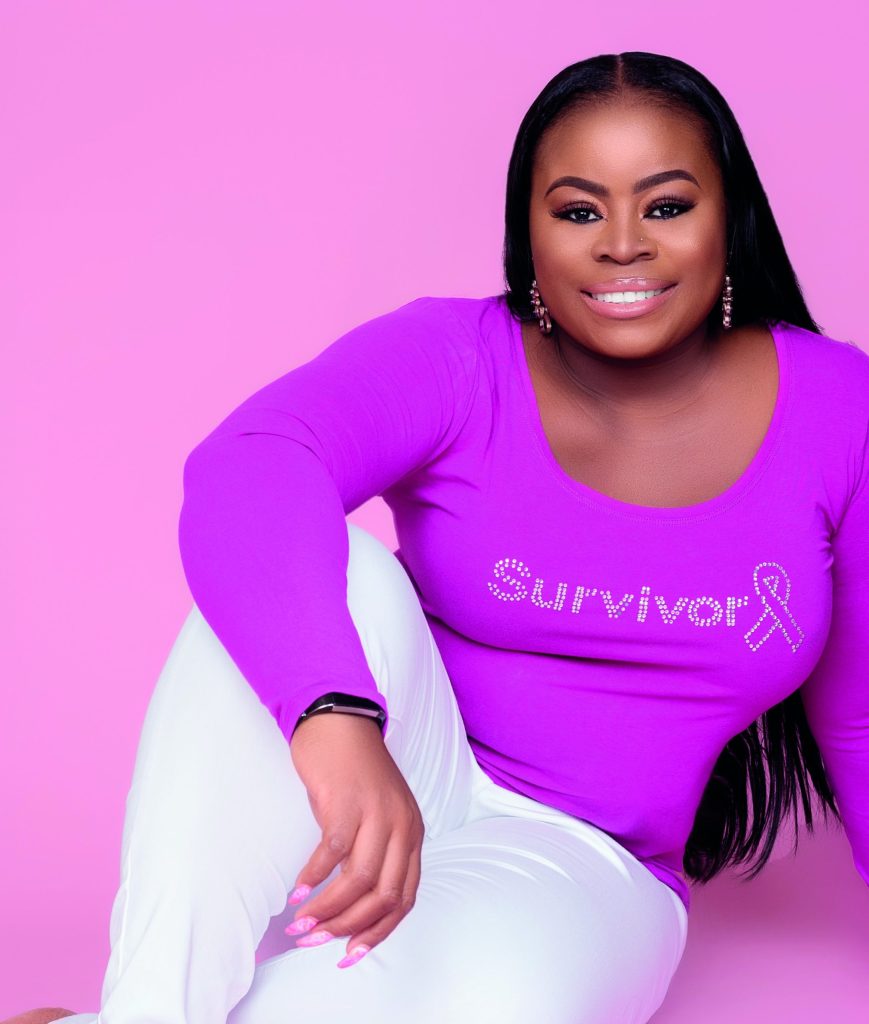
The Founder and Chief Executive Officer of Rheytrak Limited, a Vehicle Tracking and Recovery company licensed by the Nigerian Communications Commission (NCC), Eno Essien, is also a breast cancer survivor. She had to undergo different treatments, including lumpectomy, chemotherapy, and radiotherapy.
(2) UDO OKONJO
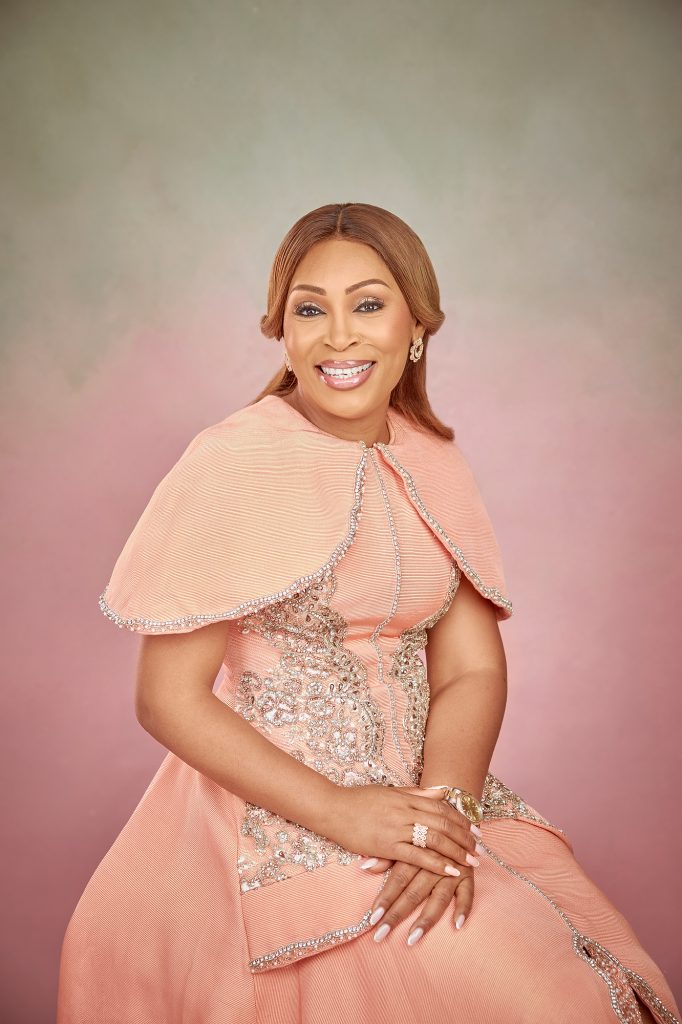
Udo Maryanne Okonjo is a Nigerian Lawyer and real estate developer. She is the CEO of Fine And Country West Africa. Udo radiates so much energy, strength, and enthusiasm as a woman who has survived breast Cancer. She was about to turn 36 when she noticed a lump in her breast during a holiday in Dubai. Her first diagnosis was called stage 0, which was referred to as calcification, but by the time she was scheduled to start her treatment, it was accessed as stage 3 based on certain parameters. Her core treatment lasted approximately nine months, including surgery, radiotherapy, and chemotherapy.
(3) WANDA SKYES

In 2011, renowned comedian Wanda Sykes had breast reduction surgery. The procedure unexpectedly identified ductal carcinoma in situ (DCIS), occasionally called stage 0 breast cancer. Sykes underwent a double mastectomy due to her family’s history of breast cancer.
(4) Dr. JACQUELINE WALTERS

Initially an OB/GYN in Atlanta, Georgia, Dr. Jackie is now better known as a reality television personality on Bravo’s popular program “Married to Medicine.” Dr. Jackie is also a two-time breast cancer survivor. Additionally, she established the 50 Shades of Pink Foundation for Breast Cancer Warriors.
(5) ELIZABETH OPUTA

Elizabeth Oputa, widely known as Elizabeth Pam, is also a breast cancer survivor. In 2011, she was diagnosed with the disease.
CONCLUSION
Knowledge is power in the fight against breast cancer. Our ability to defeat this formidable foe is strengthened by our knowledge of the types, causes, and symptoms and how to navigate a diagnosis. The stories of breast cancer survivors remind us that triumph is possible. We are unified in our fight against breast cancer through early detection, education, and support. Remember that you are not defined by your diagnosis but by your ability to navigate the path from shock to empowerment.

Dorcas Akintoye is a versatile writer with a passion for beauty, fashion, relationships, and culinary delight. With a keen eye for detail and a passion for storytelling, she adds a touch of elegance to every topic she explores. She is a writer at THEWILL DOWNTOWN.






